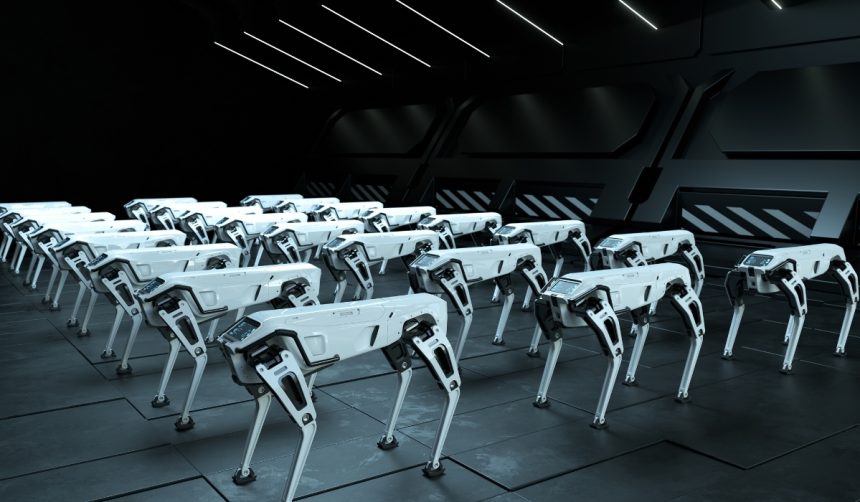Healthcare organizations globally are changing their strategies in response to increasing workforce shortages and financial pressures by implementing automation and robotics throughout their operations. These technological integrations, which range from operating room assistance to logistics support, are coming at a key time as hospitals seek both cost-effective and efficient solutions. The adoption of systems such as OTSAW’s Automated Guided Vehicle and new surgical robotics platforms is growing, with an emphasis on improving workflow and reallocating human labor to more essential tasks. Industry executives now highlight how robotics not only helps address labor gaps but also creates opportunities for workforce upskilling and remote collaboration.
Last year’s reports on introducing robotics in healthcare focused mainly on pilot implementations and high costs associated with early adoption. Back then, only a handful of companies, such as Intuitive Surgical, dominated the market and widespread use outside major institutions remained limited. Today, a more diverse field of providers, including SS Innovations and Medtronic, is fostering greater competition and bringing costs down. Unlike earlier trials that emphasized technical feasibility, present efforts highlight practical impacts on staffing efficiency and patient care delivery, reflecting a maturing approach to robotics in medical environments.
Why Are Healthcare Systems Considering More Automation?
The impending global shortfall in healthcare personnel, documented by the McKinsey Health Institute and the Association of American Medical Colleges, has pushed hospitals to find alternatives for repetitive and time-consuming jobs. OTSAW, led by Ting Ming Ling, has introduced automated guided vehicles to support hospital logistics, aiming to let staff focus on direct patient care instead of routine transport. Medicaid funding reductions and budget constraints are further compelling administrators to analyze how automation can maintain operational continuity despite shrinking workforces.
“There were so many things going on, and now you suddenly see that there’s a vacuum or a lack of supply of this workforce,”
Ling observed after the COVID-19 pandemic drove more professionals away from healthcare occupations.
What Operational Areas See Most Robotics Integration?
Clinical and non-clinical hospital spaces are both experiencing increased robotics deployment. Robotic-assisted surgery, once the territory of a single major vendor, has expanded with multiple entrants. Remote guidance and tele-proctoring for surgical teams now allow less-experienced clinicians to access expertise regardless of geographic constraints. Dr. Sudhir Srivastava of SS Innovations points out new capabilities:
“There is also an option in tele-surgery where the expert surgeon can take over and finish the procedure if there is any challenge,”
illustrating the flexibility and safety nets available with these systems. Meanwhile, logistics robots like those from OTSAW help streamline deliveries and internal transport, reducing redundant staffing across departments.
Are Cost Factors Changing With Technology Advancements?
Affordability remains a critical concern, but companies are now focusing on scalable production and alternative purchasing models, including leasing arrangements, to reduce financial barriers. Hospitals can see operational savings as early as the first month and redirect staff to areas needing personal interaction. Efforts by firms such as SS Innovations aim to develop alternative surgical systems that lower the entry cost of robotic surgery. Workforce challenges, particularly in robotics engineering recruitment, persist as more companies enter the market, making education and specialized training programs essential for meeting industry demand.
Current applications for robotics in healthcare balance operational demands with the need for human oversight and interaction. Both Ling and Srivastava emphasize that automation serves to augment rather than replace the medical workforce. While machines can assume repetitive or specialized roles, patient safety and quality of care require ongoing human participation, notably in surgery and bedside care. Hospitals adopting these technologies should consider cross-department workflow redesigns, robust staff support for retraining, and strategies to sustain cost-effectiveness as they scale up robotics usage. For healthcare systems, the shift toward robotics is proving to be most successful when integrated thoughtfully alongside valuable human resources to maintain a focus on patient-centered outcomes.










